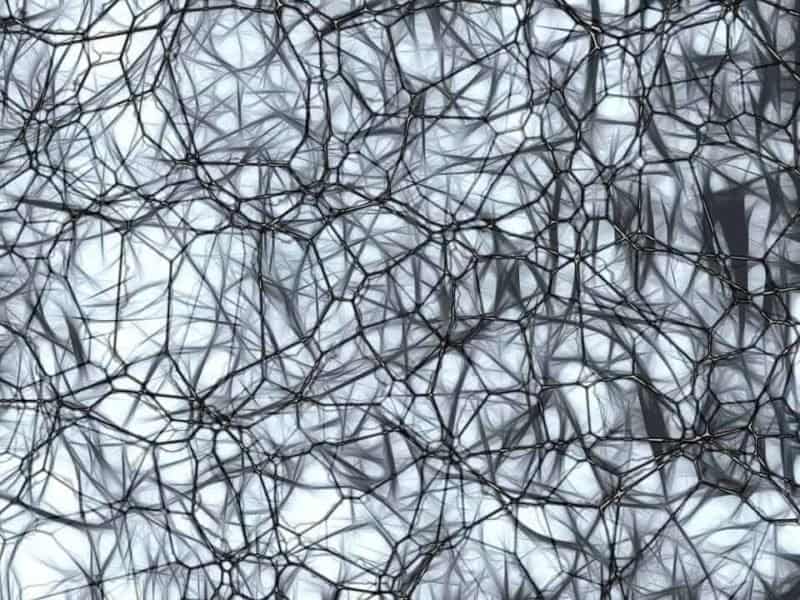A significant fidning in the field of neuroscience has emerged, challenging established paradigms regarding brain cell classification.
Traditionally, neurons and glial cells have been recognized as the principal constituents of the brain, with neurons responsible for rapid information processing. Glial cells, specifically astrocytes, provide structural, energetic, and immune support, and stabilize physiological constants. Some conjecture has long suggested that astrocytes may play an active role in synaptic transmission and information processing at neuronal contact points called synapses.
However, prior studies attempting to demonstrate this hypothesis yielded conflicting results, leaving a scientific consensus elusive. A breakthrough by neuroscientists from the Department of Basic Neurosciences at the University of Lausanne (UNIL) and the Wyss Center for Bio and Neuroengineering in Geneva now brings clarity to this longstanding debate.
To ascertain whether astrocytes possess the capacity to release neurotransmitters akin to neurons, researchers conducted a meticulous analysis of astrocyte molecular content using modern molecular biology techniques. They sought evidence of the machinery required for the swift secretion of glutamate, the primary neurotransmitter employed by neurons. Ludovic Telley, co-director of the study and Assistant Professor at UNIL, emphasized the precision afforded by single-cell transcriptomics approaches, enabling the identification of vesicular proteins responsible for loading neuronal vesicles designed for glutamate release.
Furthermore, the research team employed advanced imaging methods to observe glutamate release by vesicles in brain tissues and living mice. Andrea Volterra, co-director of the study and Honorary Professor at UNIL, explained the identification of a subgroup of astrocytes exhibiting rapid glutamate release in spatially confined areas reminiscent of synapses.
This glutamate release profoundly influences synaptic transmission and regulates neuronal circuits, as corroborated by experiments suppressing the expression of specific proteins. According to Roberta de Ceglia, senior researcher at UNIL and first author of the study, these cells modulate neuronal activity, governing communication and excitation levels among neurons.
The study unveils the impact on memory processes, particularly long-term potentiation, a neural mechanism fundamental to memory formation. Disruption of glutamatergic astrocytes was also observed to exacerbate seizures in epilepsy, highlighting potential implications for brain disorders. Additionally, these cells exhibit a role in the regulation of brain circuits associated with movement control, presenting potential therapeutic targets for Parkinson’s disease.
Andrea Volterra emphasized the groundbreaking nature of this discovery, introducing a novel category of brain cell with vast research potential. Future investigations will delve into the potential protective effects of this cell type against memory impairment in Alzheimer’s disease, as well as its involvement in regions and pathologies not yet explored.
If our reporting has informed or inspired you, please consider making a donation. Every contribution, no matter the size, empowers us to continue delivering accurate, engaging, and trustworthy science and medical news. Independent journalism requires time, effort, and resources—your support ensures we can keep uncovering the stories that matter most to you.
Join us in making knowledge accessible and impactful. Thank you for standing with us!

